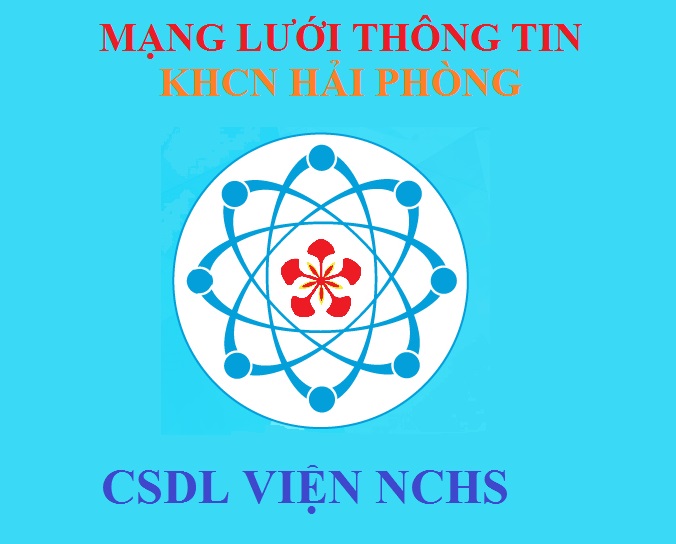General Information
Author: Cao Văn Hùng và Phạm Quốc HuyIssued date: 30/09/2023
Issued by: Viện nghiên cứu Hải sản
Content
Tóm tắt:
Dựa trên kết quả số liệu điều tra tình hình sử dụng và phát thải nhựa trong nuôi tôm thâm canh tại Bến Tre. Kết quả đã thu thập được thông tin chính về chủ hộ và bước đầu đánh giá được hiện trạng bạt nhựa và phát thải nhựa HDPE trong phương thức nuôi tôm thâm canh tại Bến Tre có độ dày từ 0,2 – 0,75 mm và lượng phát thải nhựa trong phương thức nuôi thâm canh là 1.192,9 kg/ha/năm. Trong đó bạt HDPE lót, trải ao chiếm tỷ lệ cao (58,7%), tương ứng khoảng 700 kg/ha/năm. Lượng phát thải nhựa HDPE tại thời điểm diện tích nuôi tôm thâm canh (năm 2021) là 8.552 tấn/năm. Phát thải nhựa ở Bến Tre thu gom chủ yếu dùng bán phế liệu (83,5%), ngoài ra còn tái sử dụng cho làm hàng rào và che khu nuôi.
Từ khóa: thâm canh, Bến Tre, bạt nhựa, phát thải
Abstract:
Based on the results of survey data on the use and emission of plastic in intensive shrimp farming in Ben Tre. The results have collected main information about householders and initially assessed the current status of pond liner and HDPE plastic emissions in intensive shrimp farming in Ben Tre with liner thickness from 0.2 - 0.75 mm and the plastic emissions in intensive shrimp farming is 1,192.9 kg/ha/year. In which HDPE tarpaulin lining and pond covering accounts for a high proportion (58.7%), equivalent to about 700 kg/ha/year. The amount of HDPE plastic emissions at the time of intensive shrimp farming (2021) is 8,552 tons/year. Plastic waste collected in Ben Tre is mainly used to sell scrap (83.5%), in addition to being reused to make fences and cover farming areas.
Keywords: intensive farming, Ben Tre, plastic liner, emissions
Download













